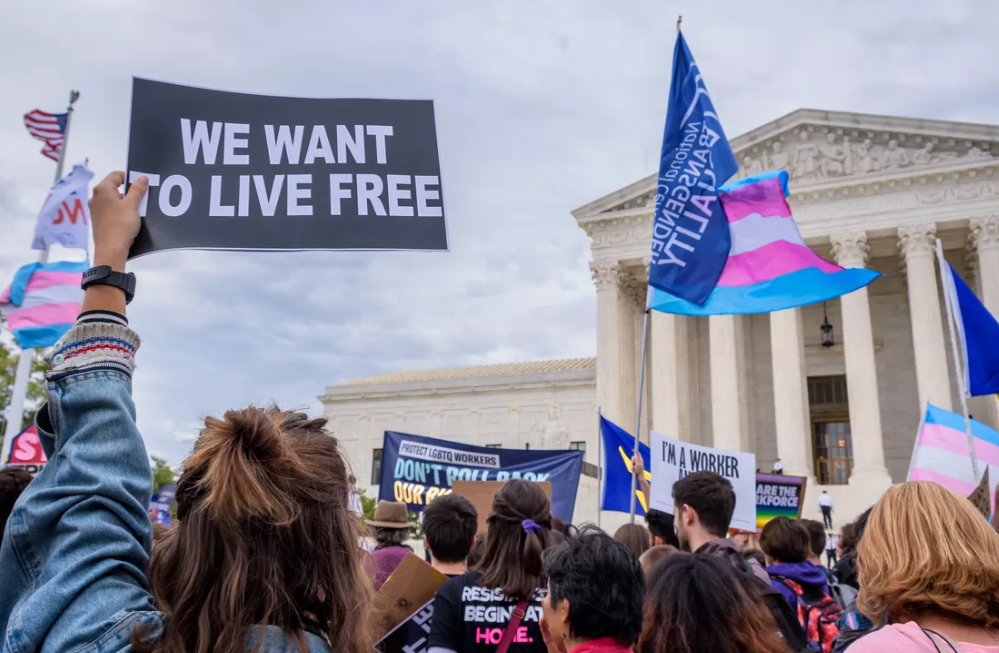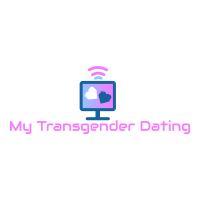How Many Transgender People Live in the United States?

It’s a common question; how many trans people are there, and why are issues such as trans discrimination in sport garnering so much media attention?
In 2021, a poll concluded that 5.6% of adults in the states identify as one of the below:
- Lesbian
- Gay
- Bisexual
- Transgender
Contrastingly, 86.7% of people described themselves as straight, and 7.6% declined to submit a response.
H2 – How Many People Are LGBTQ+ and Transgender?
Of that LGBTQ+ community, over half of adults are bisexual, just under 25% are gay, and 11.3% are transgender. Although estimates vary, experts predict there are around 1.4 million adults in American who identify themselves as transgender.
Before 2021, many surveys didn’t collate information about the number of trans people but instead looked at heterosexual, homosexual, and bisexual people.
In 2017, only four years earlier, 7% of American men identified as gay, and 4% as bisexual, although it’s hard to know what proportion of those individuals are trans.
Has the Number of Transgender Adults Increased in the US?
It’s an interesting point because, in reality, it’s improbable the number of people who experience gender dysphoria has increased.
More likely, those people are now feeling better able to seek medical support and be open about their wish to transition to another gender.
Some of the reasons behind that are:
- The rise in cultural visibility of trans people through social media, education, celebrity support, changing norms, and events such as International Trans Visibility Day.
- Around 62% of adults in America said they were more supportive of trans rights in 2019 than they were five years ago – although 25% felt more opposed to laws banning discrimination.
Why Can’t We be Exact About How Many More People Are Now Trans?
There are two reasons it’s impossible to be totally precise when talking about the number of trans adults or whether the figure has grown or remained stable.
First, changes in social acceptance have made a substantial impact on how trans people feel able to socialize, interact, and present themselves to the world.
Secondly, the data is based on estimates and changing analysis criteria, so there isn’t a set formula we can use to determine whether the number of trans people has grown.
What is certain is that about double the number of US adults now openly identify as trans than did a decade ago.
H2 – Where Are People More Likely to be Trans in the USA?
Ok, so there aren’t any states where you’re more likely to be transgender or gender fluid, but there are places that are more accepting, with stricter anti-discrimination laws.
- The highest percentages of trans adults are in Hawaii, Texas, New Mexico, California, and Georgia.
- States with the lowest numbers of trans adults include South Dakota, North Dakota, Montana, Wyoming, and Iowa.
- Young adults are far more likely to identify as trans than adults or persons of an older age.
How Are Attitudes in America Changing Towards Trans People?
Sociological research aims to break down what’s happening with public opinions and how much support there is for trans equality rights.
From trans bathrooms to the best dating sites for LGBTQ+ singles, we are seeing a massive shift in perceptions and how trans people are accepted in local communities.
The most significant change here is simply in visibility – trans people, just like anybody else, don’t look a specific way, come from all age groups, and don’t all share the same sexual preferences or relationship types.
From 2002 to 2013, some interesting stats tell a broader story:
- Men who refused to disclose their sexuality dropped from 1.8% in 2002 to 1% in 2011-13; perhaps indicative that more people are comfortable with the concept that we don’t all have the same sexuality.
- Bisexuality jumped from 2.8% to 5.5% in women and 1.8% to 2% in men.
- Those identifying as heterosexual, or straight, also increased, from 90.3% to 92.3% in women, and from 90.2% to 95.1% in men – so it’s not true that fewer people are straight, but that we’re seeing greater diversity.
All told, it’s clear that attitudes are evolving across the board.
Relevant news

Transgender Civil Rights
A person’s gender is usually assigned at birth — male or female – based on…

Is Being Trans a Mental Illness?
A common misconception suggests that Transgender is a mental illness. However, is being transgender a…

What Percentage of the US Population is Transgender?
Since surveys that respondents voluntarily take are the only way to answer how many transgender…

Interesting Facts About Transgender Mental Health
According to a 2018 study, transgender people have a 4 percent greater risk of depression.…

Most Popular Myths About Transgender People in Sports
Ok, so we'll get started with the obvious - the vast majority of critics who'd…

What Are the Best Transgender Sex Movies You Need to Watch?
We all know that trans people have routinely been discriminated against in Hollywood. Very few…
